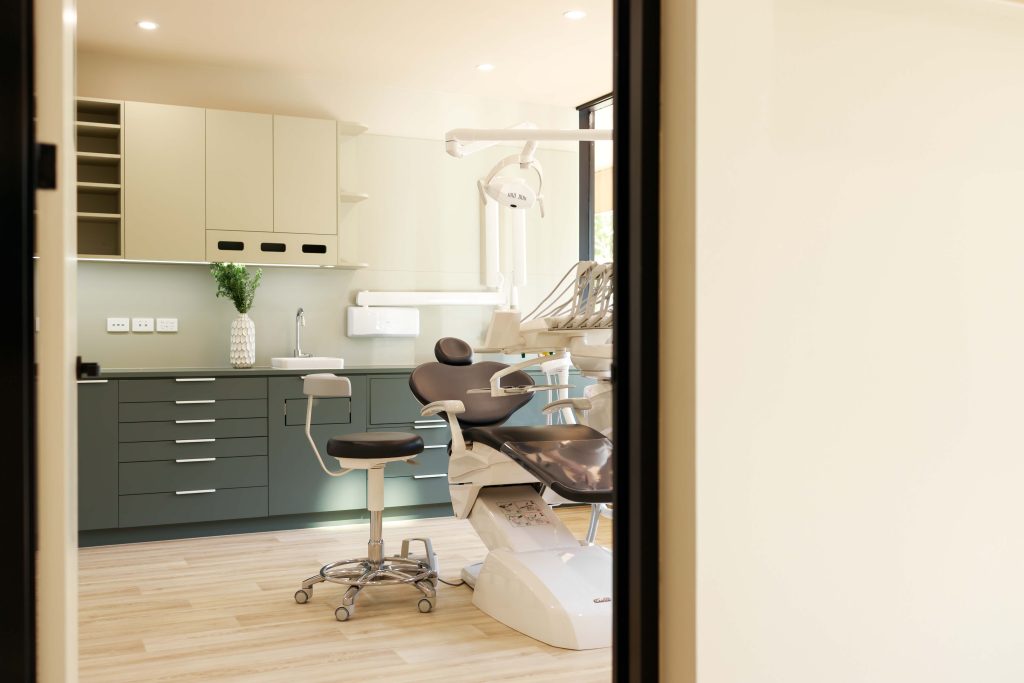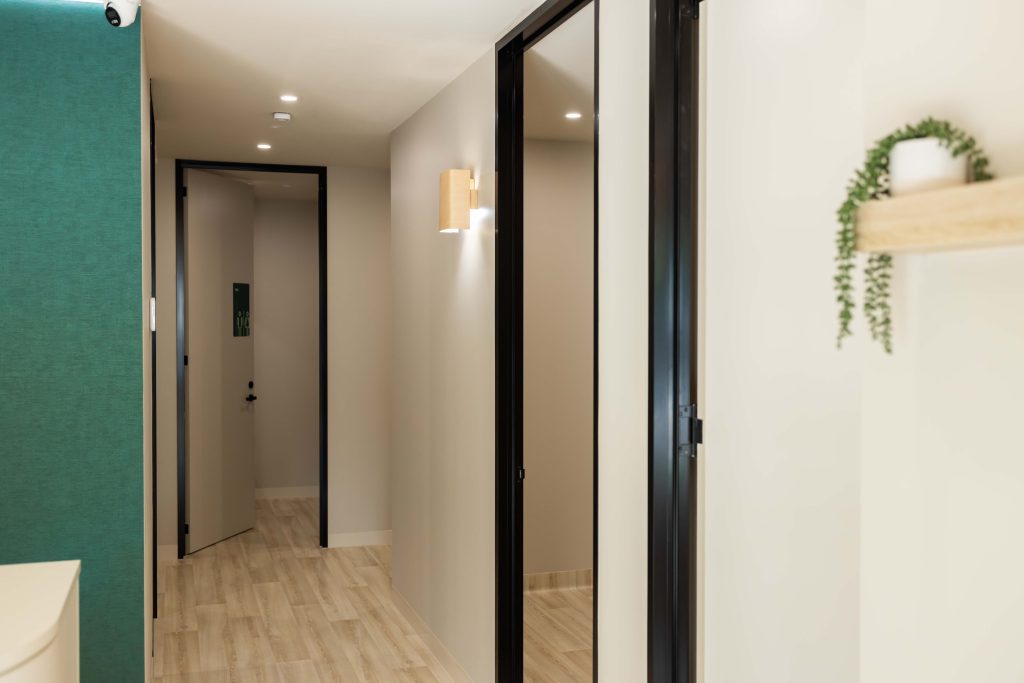Build a Brand That Reflects Your Purpose, Professionalism, and Passion for Patient Care.
Introduction
Most doctors start out with one simple goal: to help others.
But as your experience grows, so does the drive to take ownership of your practice, define your professional identity, and make a lasting impact on how care is delivered. Whether you’re expanding your existing practice or ready to open your own, your brand is one of the most powerful tools you have to make that vision a reality.
A well-built medical brand is about defining what you stand for, creating trust and credibility, and setting a clear direction for your professional future.
This guide will show you how to brand your medical practice strategically, so your reputation, patient experience, and growth all work in harmony.
1. Why Branding Matters for Doctors
Medicine is about expertise and empathy; branding connects the two.
In healthcare, your brand:
- Builds trust before a patient ever walks in the door
- Positions you as a leader and educator in your specialty
- Enables professional independence, giving you control over how your care is delivered
- Attracts the right kind of patients – those who value your approach and philosophy
A clear brand gives you the freedom to practice medicine in a way that reflects your values and ensures your care philosophy is felt in every patient experience and interaction.
2. Define Your Professional Identity
Before you think about a logo or website, define your why and the deeper motivation behind your work.
Ask yourself:
- What kind of medicine do I believe in practicing?
- What do I want my name and clinic to stand for?
- How do I want to influence my community or specialty?
- What kind of professional growth do I want to pursue?
Your answers form your brand foundation: the DNA of your professional identity.
When you’re clear on this, your business decisions, hiring, and marketing naturally align with your purpose.
Example:
“At Medical Health, we believe modern medicine should be deeply personal, using innovation to make every patient feel heard and cared for.”
3. Create a Name and Visual Identity That Reflects Your Philosophy
Your practice name and design should capture your professional focus and the feeling you want to create for patients.
Tips:
- Choose a name that’s authentic and future-proof, something that can grow with you.
- Reflect your clinical expertise and approach to care in your visuals.
- Keep your logo and colours simple, confident, and aligned with medical professionalism.
- Consider how your branding translates to digital platforms, uniforms, and your clinic environment.
Your brand visuals are not decoration; they’re the first signal of your values and professionalism.




4. Design a Patient Experience That Reflects Clinical Excellence
Your brand is ultimately judged by the experience you deliver. Every touchpoint from the first phone call to the follow-up email communicates your values.
Consider:
- Environment: Create a space that supports your model of care: calm, organised, and patient focused.
- Communication: Train your team to reflect your brand’s tone and philosophy in every interaction.
- Technology: Use modern systems that streamline care and demonstrate efficiency and respect for patients’ time.
Your brand should make patients feel what you believe: that healthcare can be both personal and professional, efficient and empathetic.
5. Build an Online Presence That Builds Authority
A strong digital presence allows doctors to move beyond word-of-mouth and to own their professional reputation.
Focus on:
- A professional website that clearly outlines your services, values, and team.
- Thought leadership content – blog posts, videos, or community talks that reflect your expertise and compassion.
- Search optimisation so the right patients find you easily.
- Social media presence that educates – share insights, not slogans.
When your digital identity matches your clinical integrity, patients see you as a trusted authority before they even meet you.
6. Communicate with Consistency and Integrity
Consistency builds trust.
Whether it’s a letter to a referring GP, a social media post, or your clinic signage, your communication style should reflect your professional character: clear, calm, and confident.
Create a brand tone that mirrors how you speak with patients: informative, compassionate, and practical.
A simple brand guide ensures your whole team reinforces the same message, day after day.
7. Reputation Is Your Most Valuable Brand Asset
In medicine, your brand is only as strong as your reputation.
Encourage feedback from patients and colleagues. Respond to reviews, even the critical ones, with professionalism and care.
Consider reputation management part of your professional development:
- Showcase patient success stories.
- Participate in local or online health education events.
- Stay active in your specialty networks and associations.
Your reputation doesn’t just attract patients, it attracts opportunities, partnerships, and the professional respect that builds long-term success.
8. Evolve with Purpose
Branding is not a one-off project. As your skills grow, your clinic expands, or your vision evolves, your brand should evolve too.
Revisit your mission and visuals every few years to ensure they reflect:
- New services or specialisations
- Updated technology and care models
- Your personal growth and leadership direction
A living brand keeps your practice aligned with your purpose and helps your business stay adaptable in a changing healthcare landscape.

Conclusion
Branding your medical practice is about leadership.
It’s the framework that allows you to shape how you work, how you grow, and how you help people.
By taking control of your brand, you take control of your professional future creating a practice that reflects your standards, your philosophy, and your impact on the world of care.
In the end, a strong medical brand isn’t built around what you do, it’s built around why you do it.

